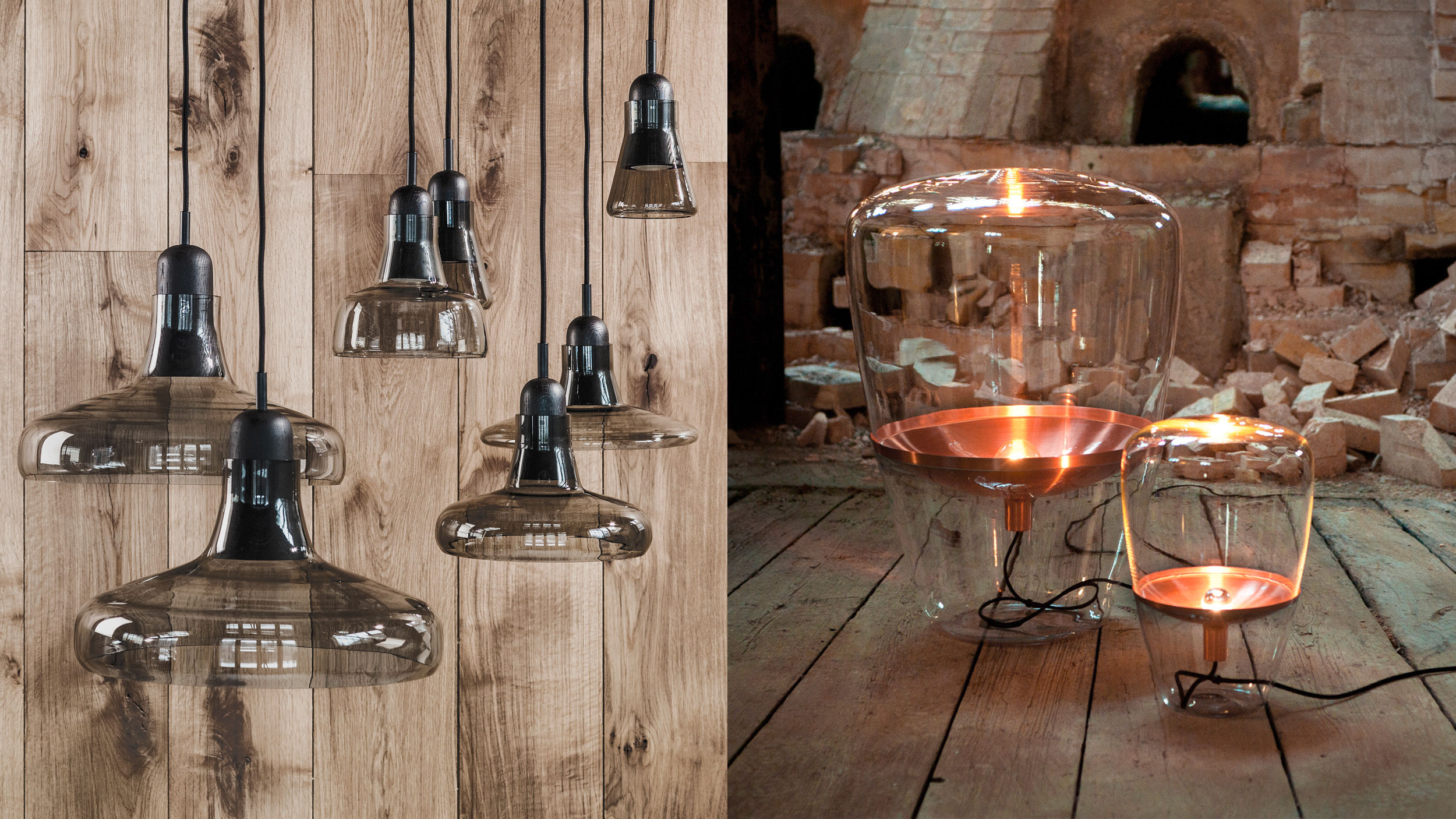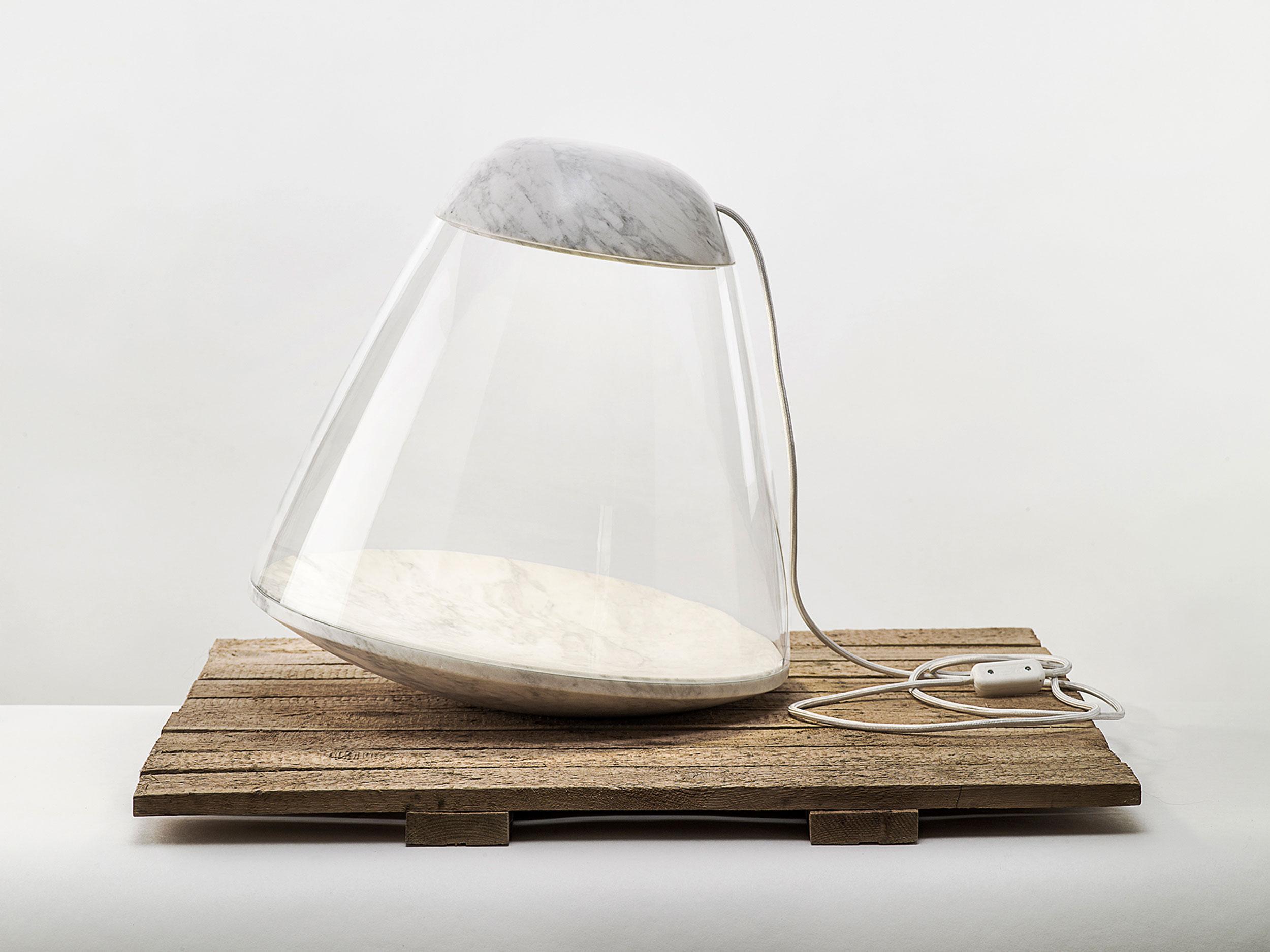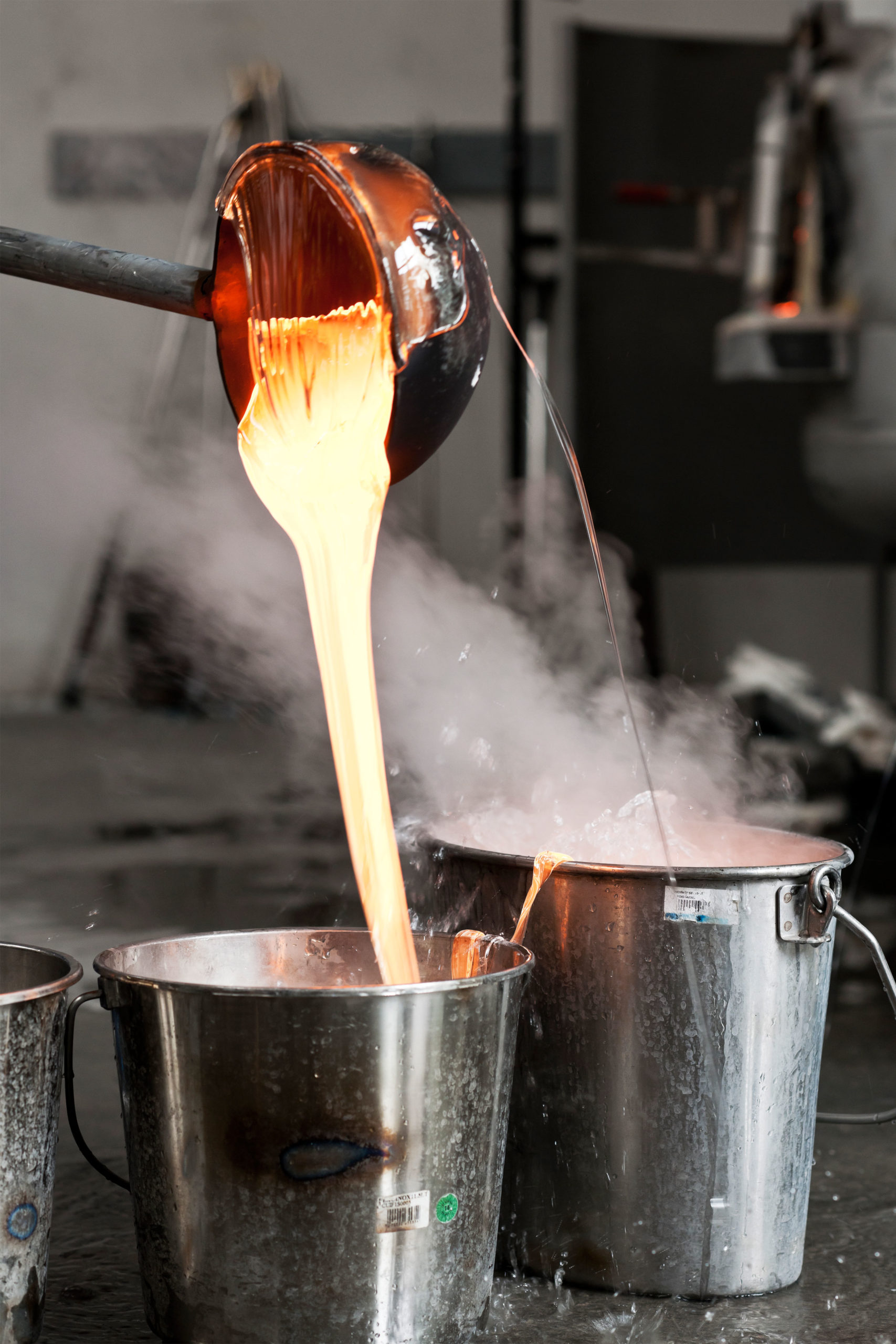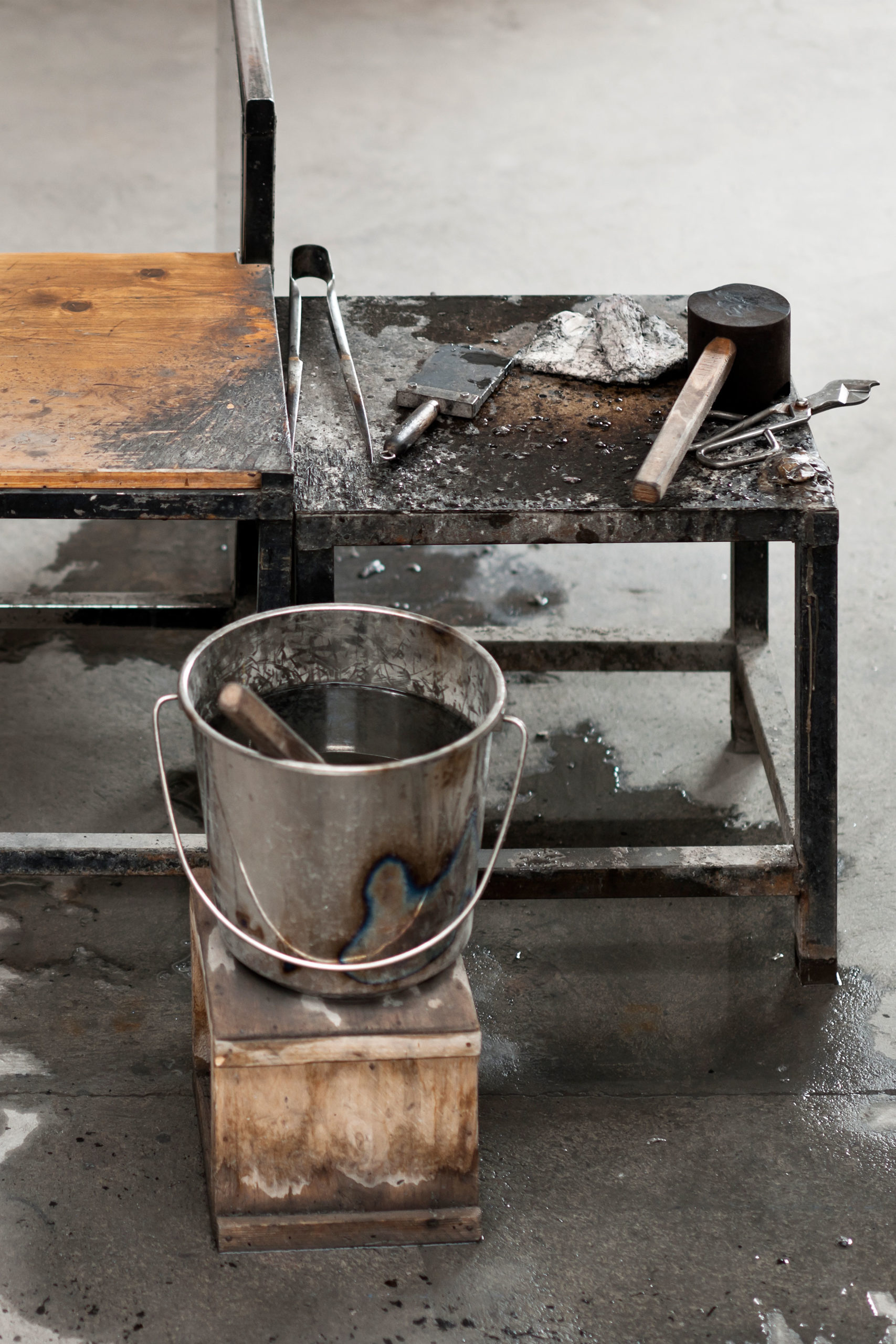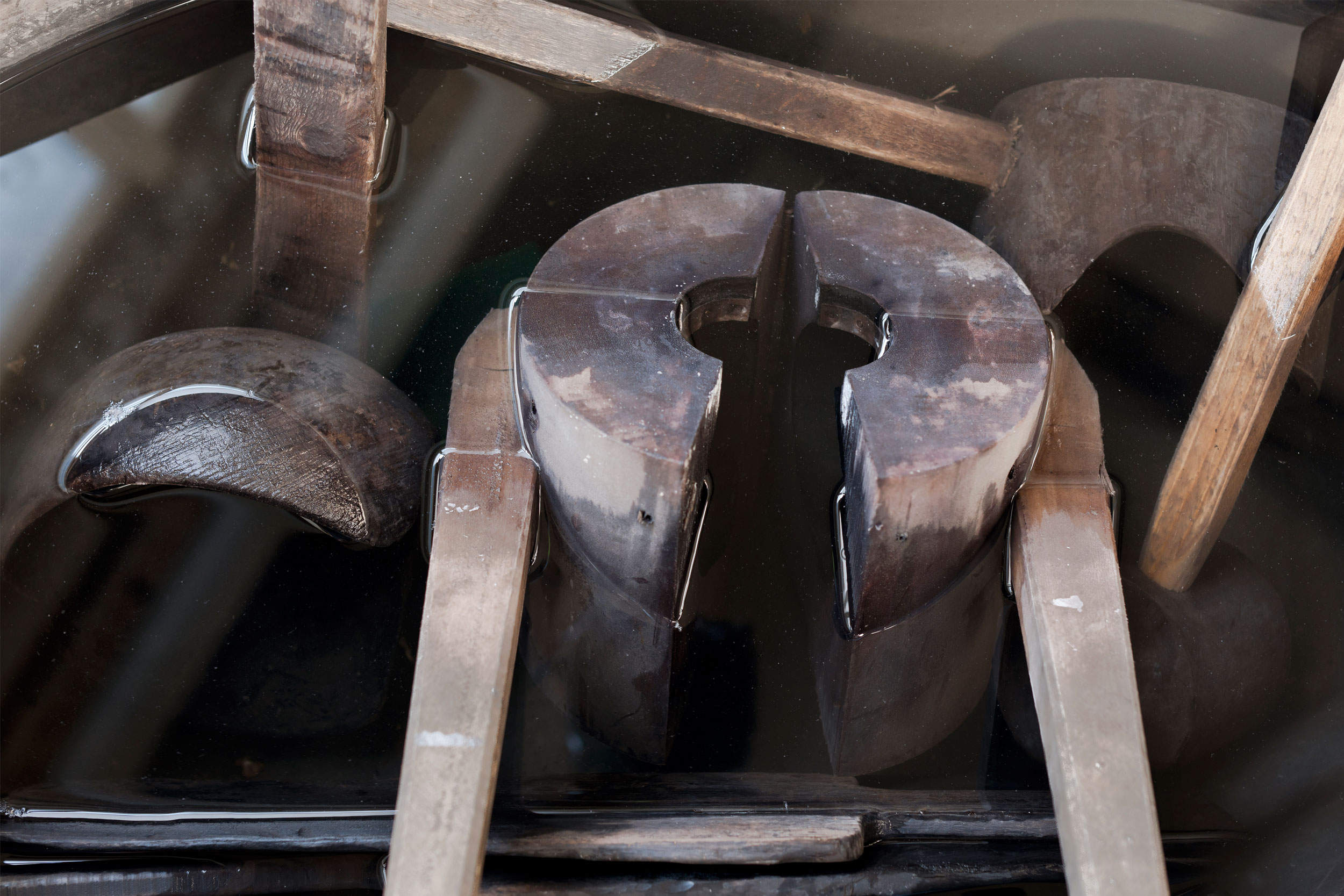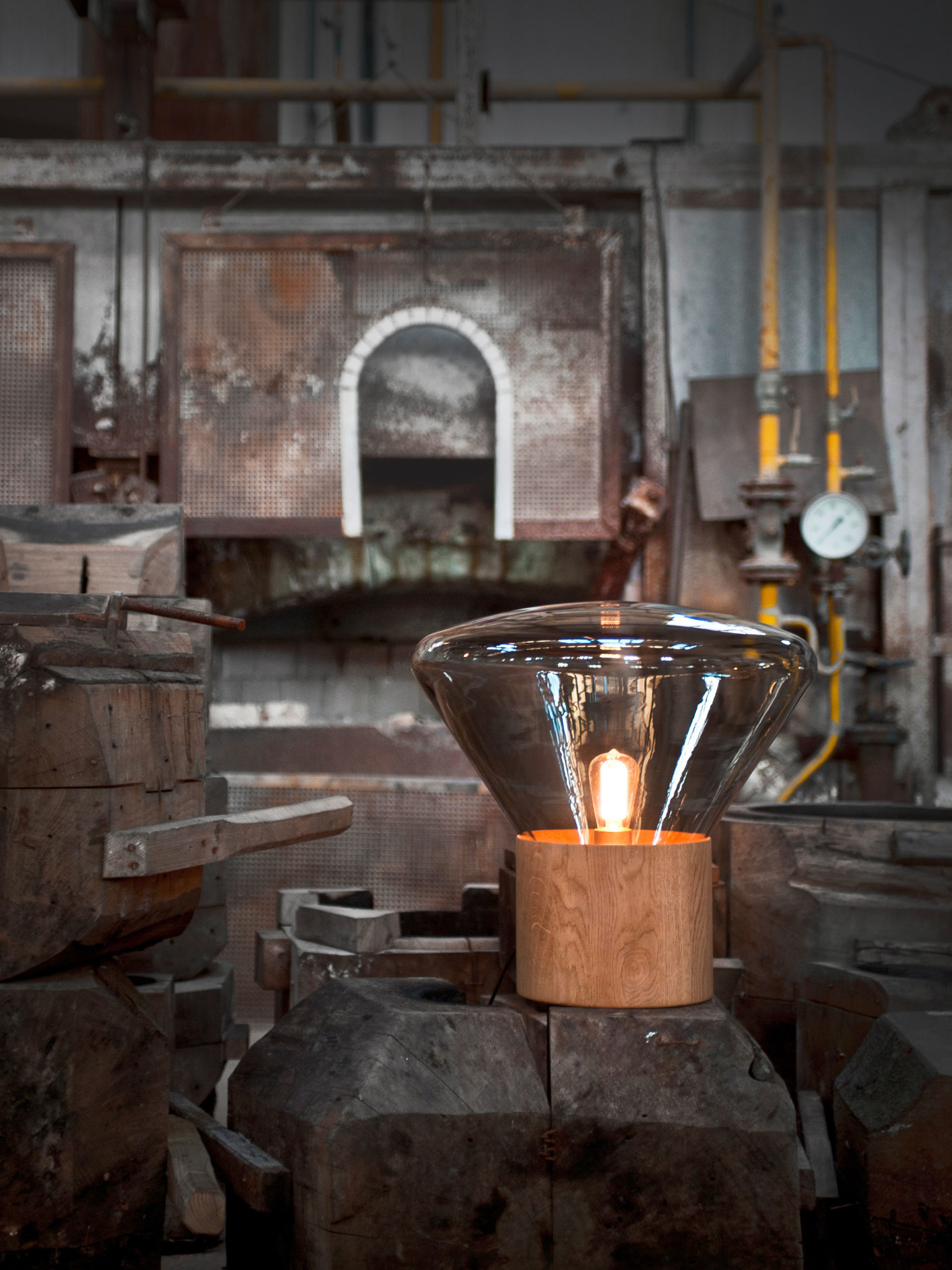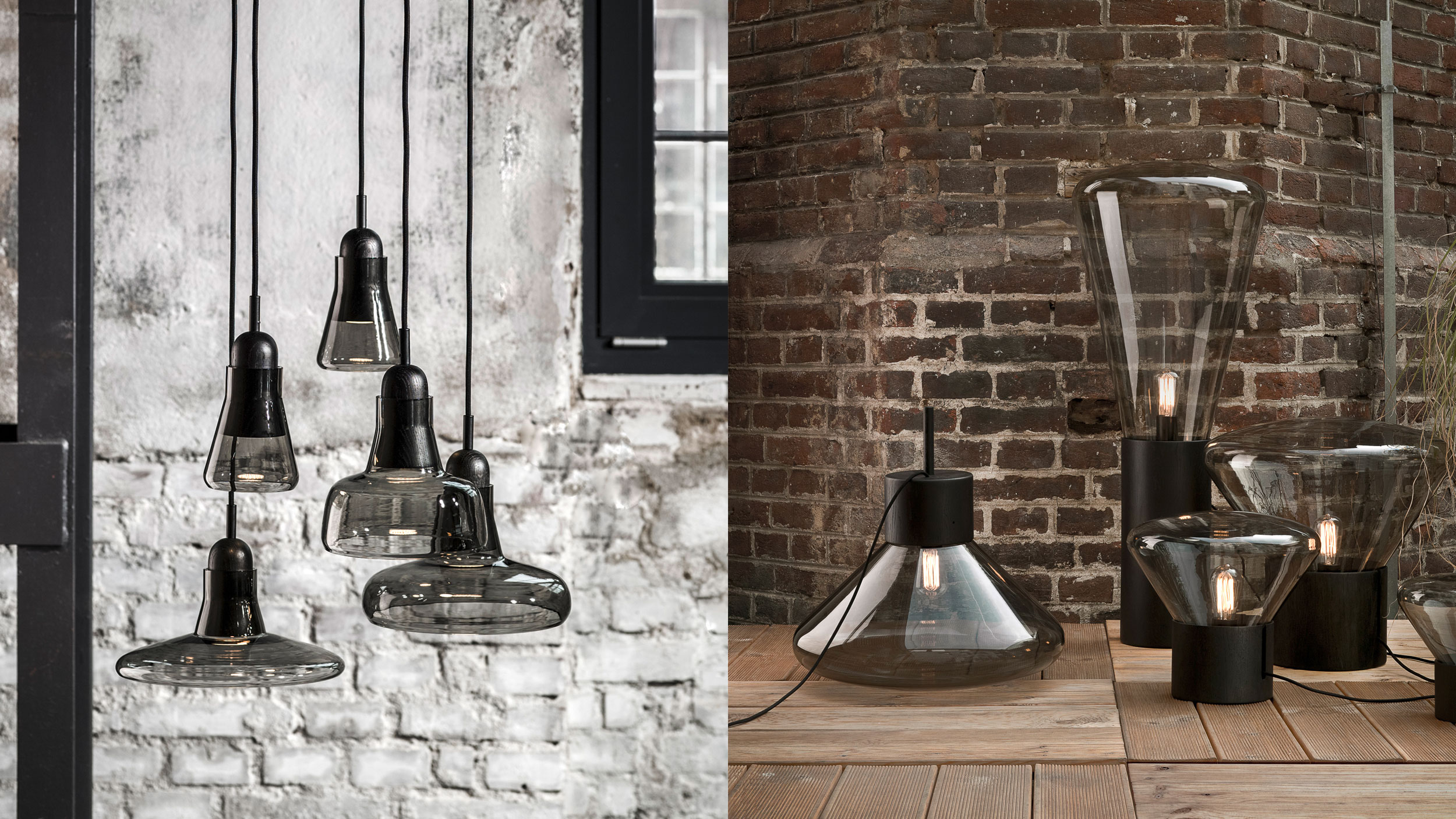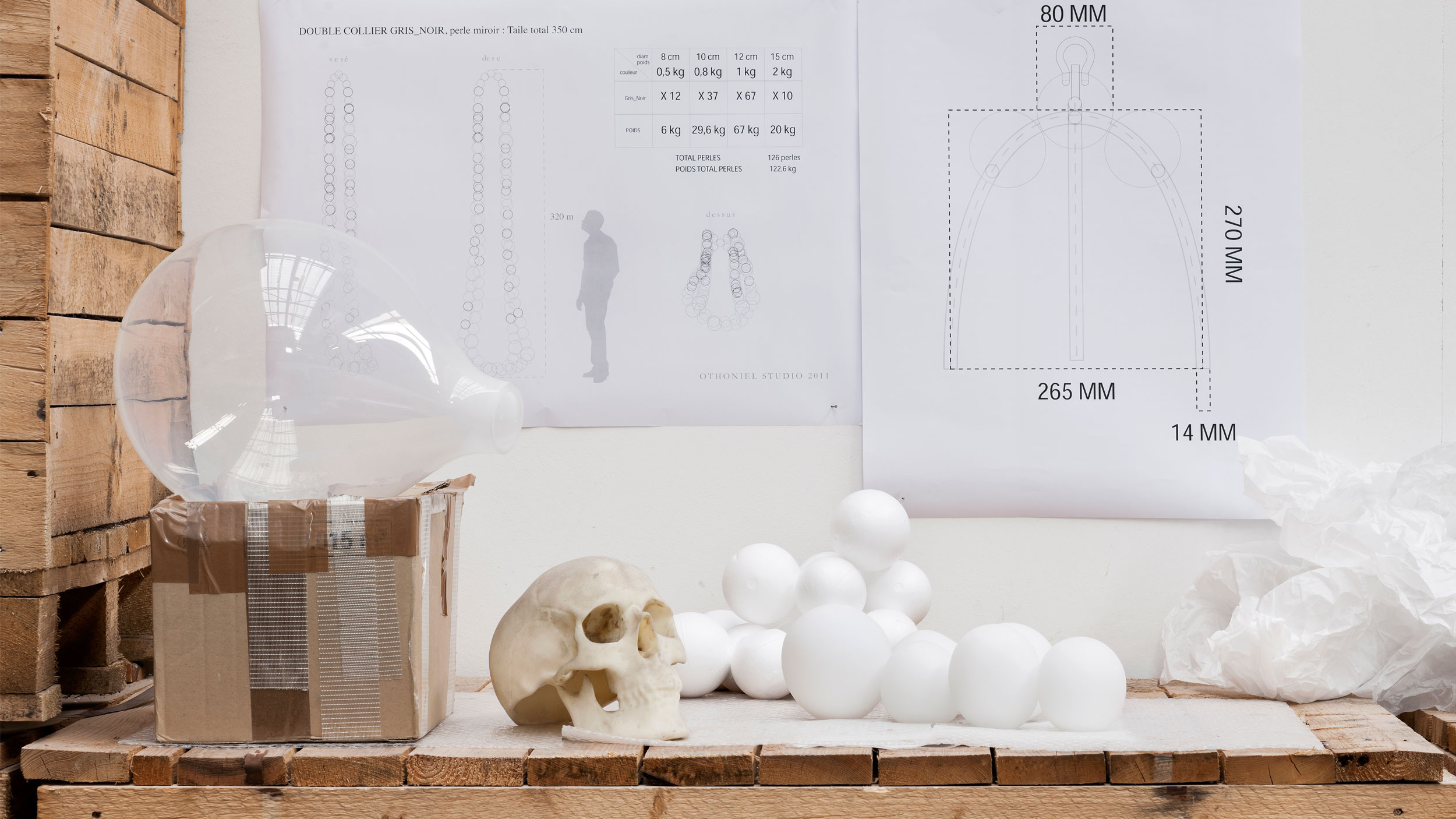JOAN BILLING & SAMUEL EBERLI • 20.09.2018
Glass, the poetry of alchemy
Making glass is a fragile, time-consuming, but also mysterious matter. Perhaps this is one of the reasons why glass is currently so prevalent in the world of design. This magical and ancient material, which can be transformed into every conceivable shape, inspires and bewitches us like nothing else has for a long time. Designers throughout the world are making a declaration of love with this magical material through their glass creations.
Glass – the symbol of our time
No material fascinates and moves us at the moment like glass. It’s contradictory and encompasses great contrasts. It’s simultaneously unbelievably modern, timeless and yet so breakable all in one. It outlasts time, eras and generations, but only one moment of carelessness and it will break into a thousand individual slivers, as fragile and delicate as life itself. Perhaps this is why glass with its many layers and contrasts is also the new symbol of our time and our social structures.
Experimenting with the hot, liquid mass, implementing an idea and the challenges of the material require lots of calm, concentration, time and experience. Valuable items that have become rare in our times.
«Alchemy of the real thing»
Nowadays the fascination of creating something new and unexpected from glass provides the motivation for many young designers, who have dedicated themselves to this material. But the fragile transparency is only one aspect of glass. Experimenting with the hot, liquid mass, implementing an idea and the challenges of the material require lots of calm, concentration, time and experience. Valuable items that have become rare in our times. It’s probably also the genuine nature and truthfulness of the material that inspire us so much. Similar to the slow movement with its pleasurable, conscious and regional goals, glass fits perfectly into the concept of slow-design. The topics of sustainability, regional production, retaining craft skills and cultural references have taken on a central importance since globalisation. As a contrast to the prevailing immediateness, glass also brings new stillness, power and poetry of the past, fragility and slowness back into our society.
A valuable item in our high-tech times
The glass-maker’s skills that are still based on tradition and authenticity today, are now affecting us more than ever. In order to bring potential lighting to life from the glowing glass mass, physical heavy labour and patience are needed, which are not an everyday occurrence in the current high-tech times. Although the hand-made glass objects may appear extremely modern to an observer, the craft that has remained constant over the centuries is actually quite rudimentary. The tools seem to come from a different age, like a torture chamber from the Middle Ages. The noticeable heat of the noisy, blaring and humming furnace heated to more than 1,200°C increases this feeling. The artistic labour is a time-consuming process with several steps. In traditional glass manufacture the glass-makers usually work in pairs or in a group of five. Using a glass pipe, an iron rod with a length of one to 1.5 metres and a mouthpiece and wooden handle, hot glowing lumps of glass are brought to life in a few moments with a breath, circular movement and turning. The glass items seem to be a wonder of alchemy. The magical beauty, the actual magic of modern, mouth-blown glass probably lies precisely in the fact that this material can change state from liquid to solid, from something fragile into something breakable. Even if we cannot fully grasp these complex processes, they are nevertheless very clearly noticeable.
Poetic timelessness
A beautiful example of this renaissance in glass-making is the Muffin von Brokis glass object, which has already become a design classic. This lamp looks like a modern sculpture and can now be found in every loft. It gave the designer duo of Lucie Koldova and Dan Yeffet their international breakthrough in 2010 and triggered an avalanche. The Czech Lucie Koldova studied in Prague at the Academy of Arts, Architecture and Design, and Dan Yeffet, who was born in Jerusalem, went to the famous Gerrit-Rietveld-Academie in Amsterdam. The magic of this glass object is also as international as the career of these two designers, who have now inspired a whole new generation of young designers to work with this ancient material.
Two years after designing the Muffin, Lucie Koldova became the Director of Art at the Czech glass lighting manufacturer Brokis, a family company, which can look back over many centuries of tradition in the craft of glass-blowing. She is now one of the most well-known designers of glass lighting worldwide and a master of lighting moods. Her designs combine the traditional and modern. This has enabled her to bring the Bohemian craft of glass-blowing into a modern light. She develops magical glass lights full of poetry, likes working with organic shapes and playfully combines the light transparency of monochromatic grey, brown, smoky and whisky-coloured glass with refined materials such as wood, brass and copper. Her attention to detail is expressed in the high quality finishing. She combines light and glass meaningfully and modernly, without a hint of critical nostalgia. By saving this handicraft in the new era, the poetry of alchemy has been revitalised and has triggered a genuine trend throughout the world. The longing to own a beautiful glass lamp that is one of a kind has spread like a virus and has become the point of attraction in our interiors, like the fireplace used to be previously.
Magical myth of the glass works
But the histories of the glass works in the Middle Ages in the central mountains also sound like a myth. In this landscape of valleys, forests and rivers, the master glass-makers originally found their most important raw materials: Sand, quartz, water and lots of wood. They built small villages in the middle of the forest, in the centre of which there was always the glass works with the furnace and storage rooms for the firewood, sand and finished items. The master craftsmen lived around this central area with their families and assistants. The furnace builders, timber merchants, sand diggers and wagoners also frequently populated this small village. The lease for these isolated and barren areas, which were unsuitable for agriculture, represented a welcome source of income for the nobility and abbeys. They leased a bit of forest to the master glass-makers, whereby the contracts had a unique special feature: The master glass-makers were to be supplied with an unlimited quantity of beer to balance out the loss of fluid and minerals during glass-making because of the high temperatures. The entire wood would be deforested within 20 or 30 years and the glass-makers would then move on to the next forest.
Matteo Gonet «The alchemist»
Everything also started like in a glass-maker’s myth in the case of Matteo Gonet. As a youngster he flirted with the idea of learning something for which there was no apprenticeship in Switzerland. He was therefore attracted to the Glass Vocational School in Germany. This was followed by a few years of wandering through half of Europe. Via a glass workshop in Scotland, he then decided on a design course at the well-known Gerrit-Rietveld-Academie in Amsterdam. He subsequently worked at the CIRVA research centre in Marseilles. Here he got to know many of his clients, which would crystallise into a major milestone for his hand-made production in Münchenstein near Basel. Every day since 2008 Matteo Gonet has been standing in his «Glassworks+Design» glass production, a former aluminium factory. Here Gonet turns, blows, models, polishes and cuts the liquid glass. In his manufacturing facility, which looks like an alchemist’s laboratory, he creates items of tangible beauty, sleek elegance and playful poetry. Frequently the breakable objects are sent in large wooden crates to Milan, Miami, Hong Kong or Paris, where they captivate audiences in museums, galleries or as window decorations in a Chanel boutique. It’s no longer a secret that Gonet produces such delicacies in his manufacturing facility and it’s no surprise that well-known designers, artists and architects enter and leave the premises. They are all looking for the magic of hand-made glass. This complex craft needs many years of experience, lots of sensitivity, a continuous eagerness to experiment, but also daily practice. Anyone who finally thinks that they have the matter in hand, will suddenly find completely new perspectives have opened up. Gonet decided to become a glass-maker with his body and soul. In the meantime a sea of young students from all over the world make a pilgrimage to him to learn this skill. It helps him to lead this ancient, traditional handicraft into the modern world and ensure it will not be forgotten.
The history of glass as a material is already nine thousand years old, but yet no era has been named after it, like with the iron and bronze age.
Thanks to his innovative spirit, he has brought glass into the industrial age via handicraft and manufacturing and it’s now as modern as never before. Without glass many everyday items would not exist, even our beloved Smartphones, iPads or computers. It seems that glass is experiencing a new renaissance at various levels and therefore has earned our full attention.
Photography: Brokis, Andreas Zimmermann
